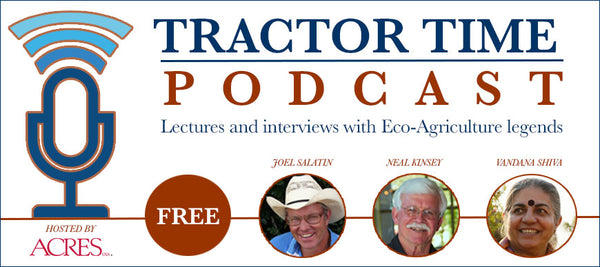
Tuning in to Nature
Learn how plants and insects communicate through emissions in the infrared frequency range and why poisonous pesticides do not solve the real problems facing agriculture. In this breakthrough book Phil Callahan uncovers why certain insects are attracted only to certain plants, the role of pheromones work in nature, and how plants under stress literally signal insects to come devour them.
SKU 6493. Copyright 1975, softcover, 256 pages. 36 per case.
Customer Reviews
Based on 1 review
Write a review
My Farmer, My Customer
New! Learn from Marty Travis's experiences converting the Spence Farm into one of the most successful farming co-ops in the United States today.

